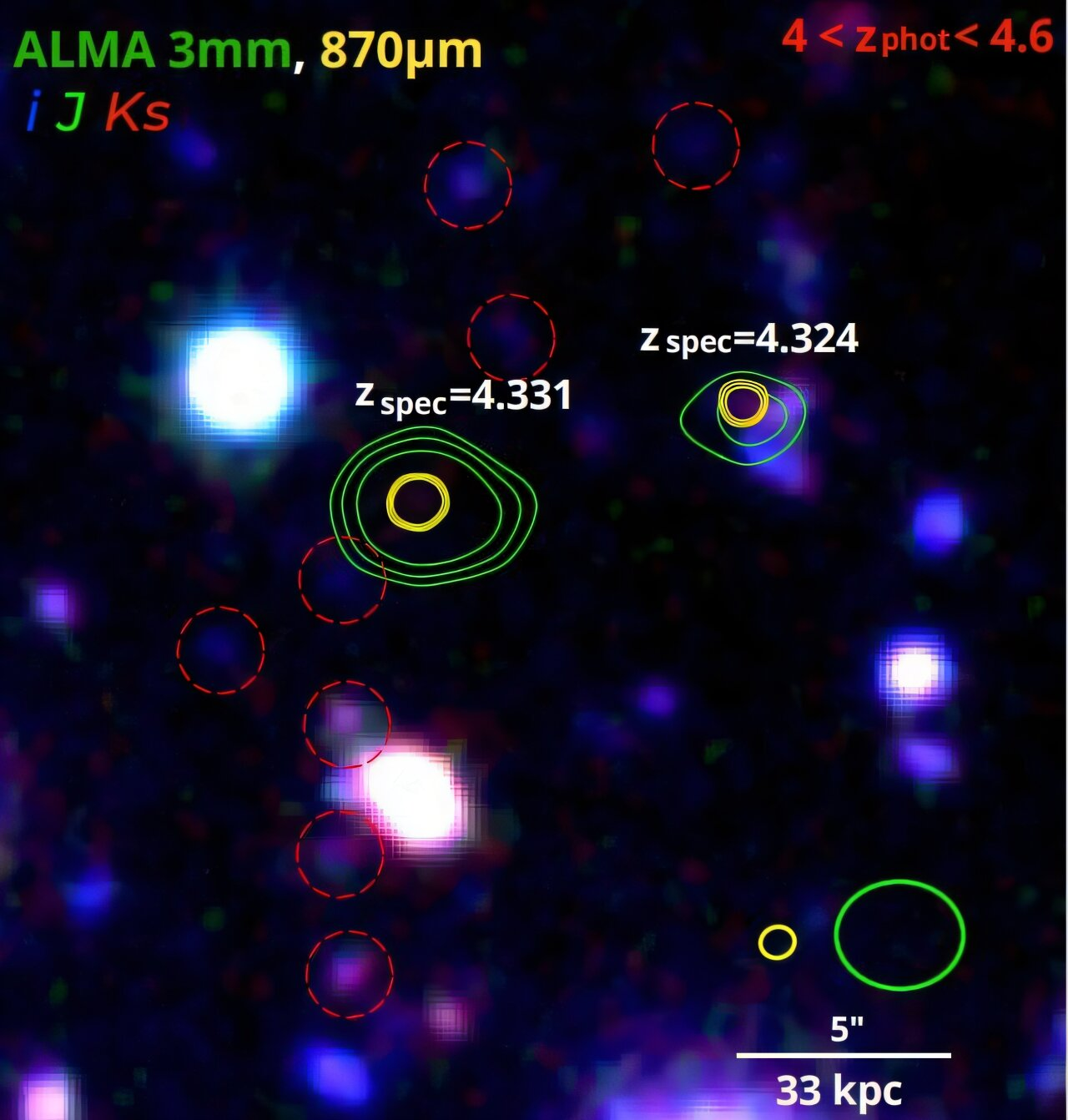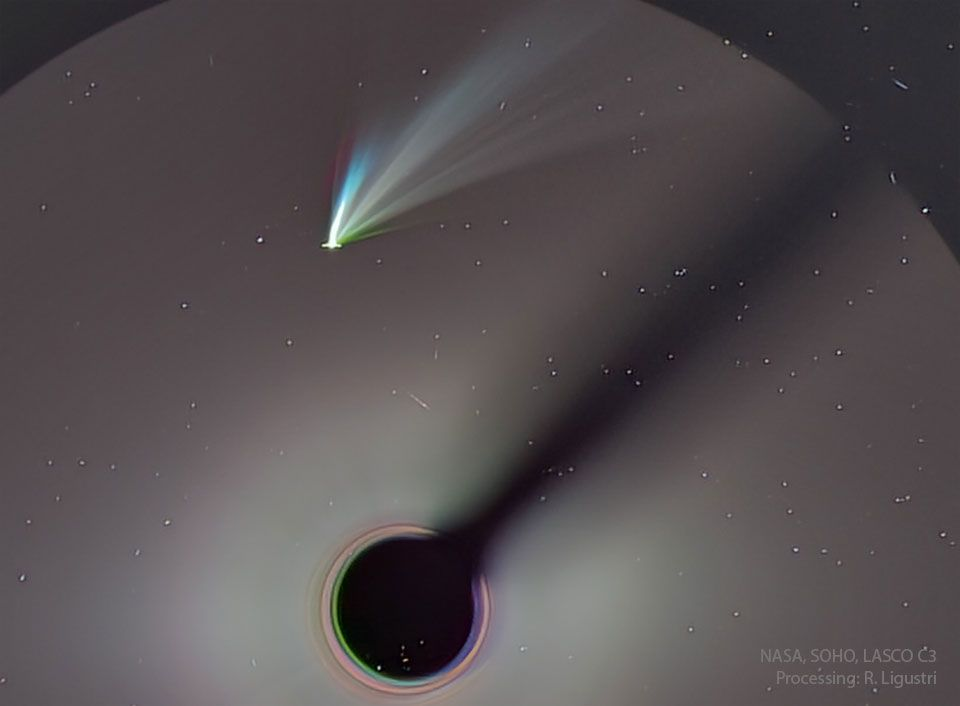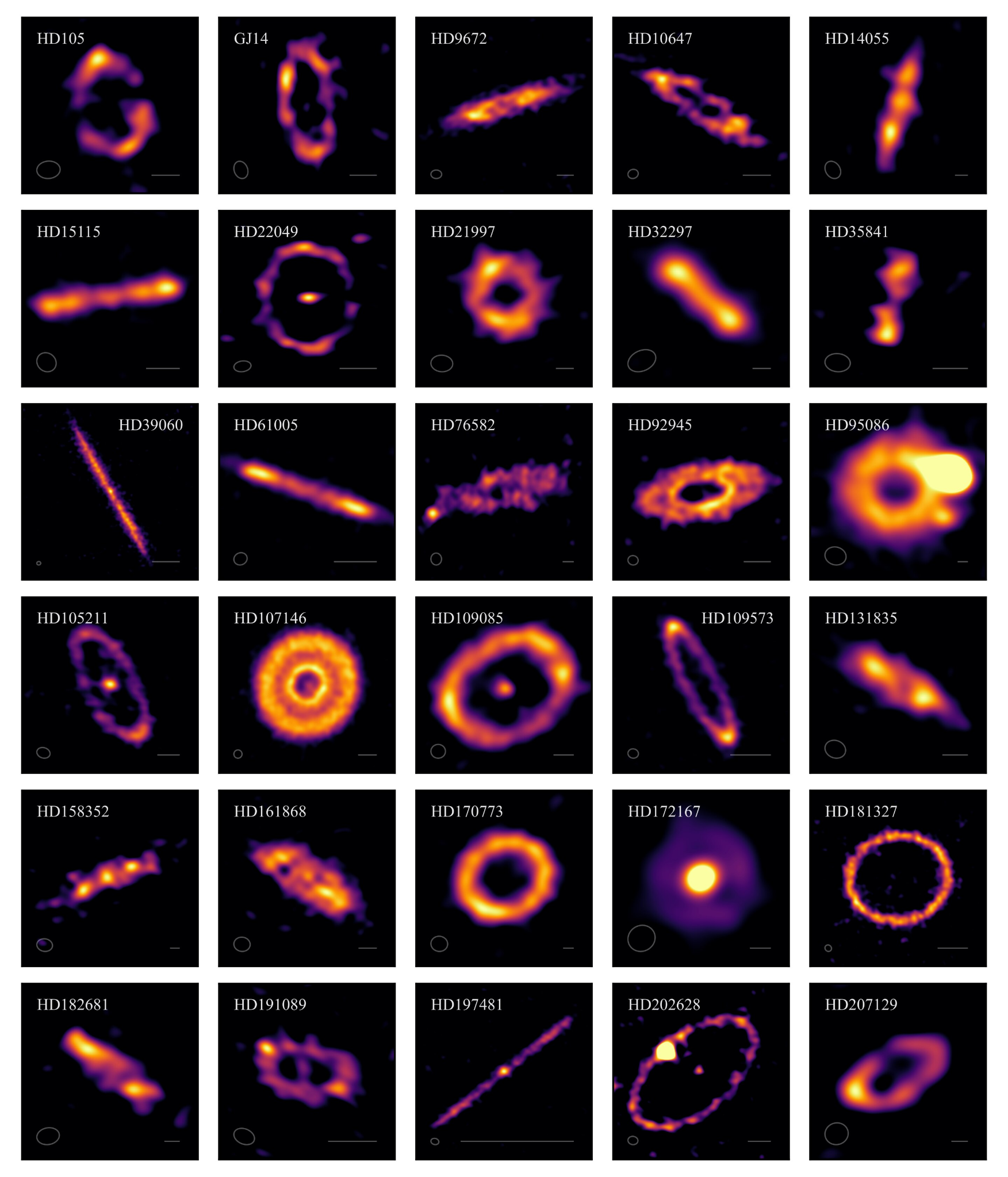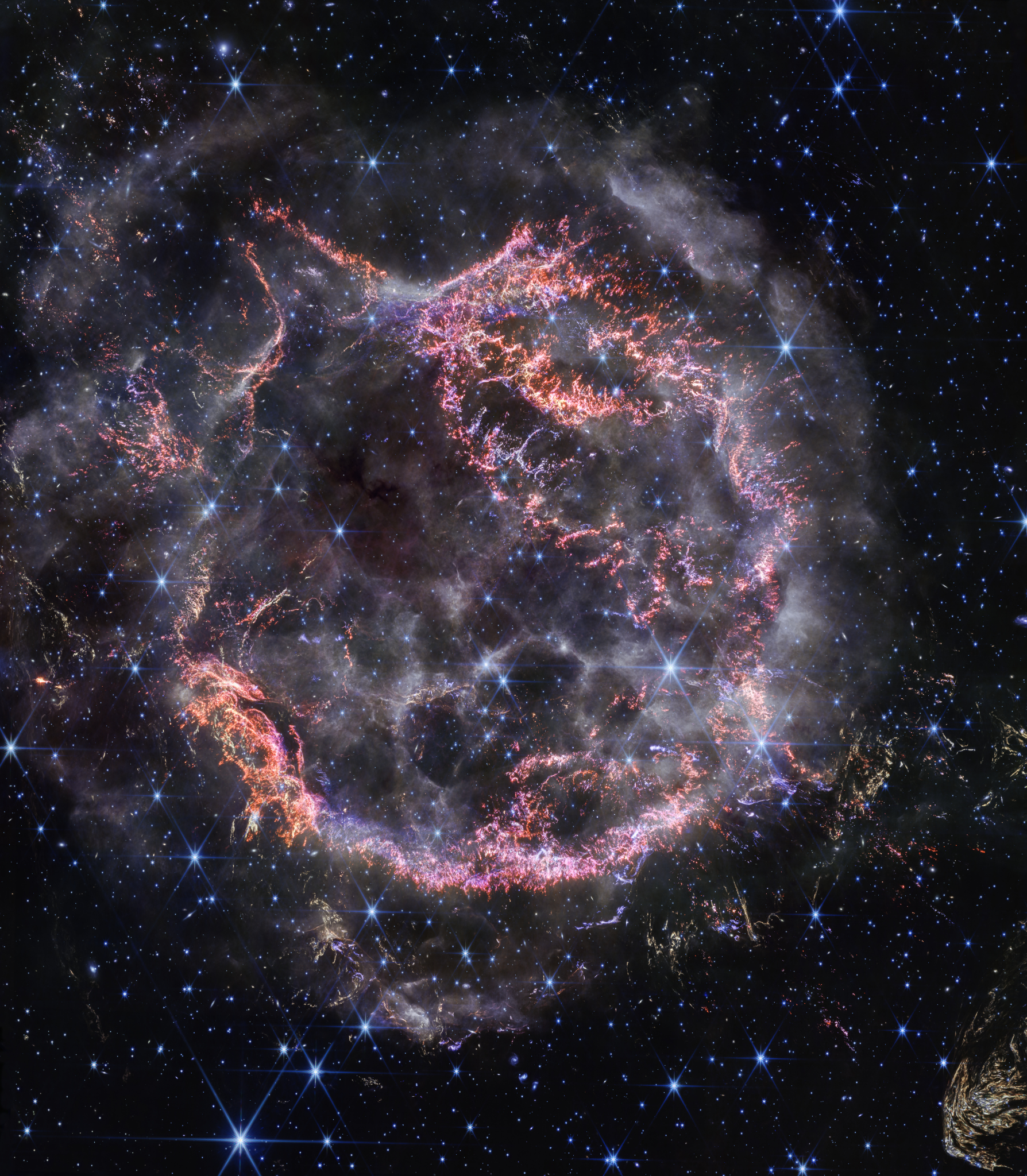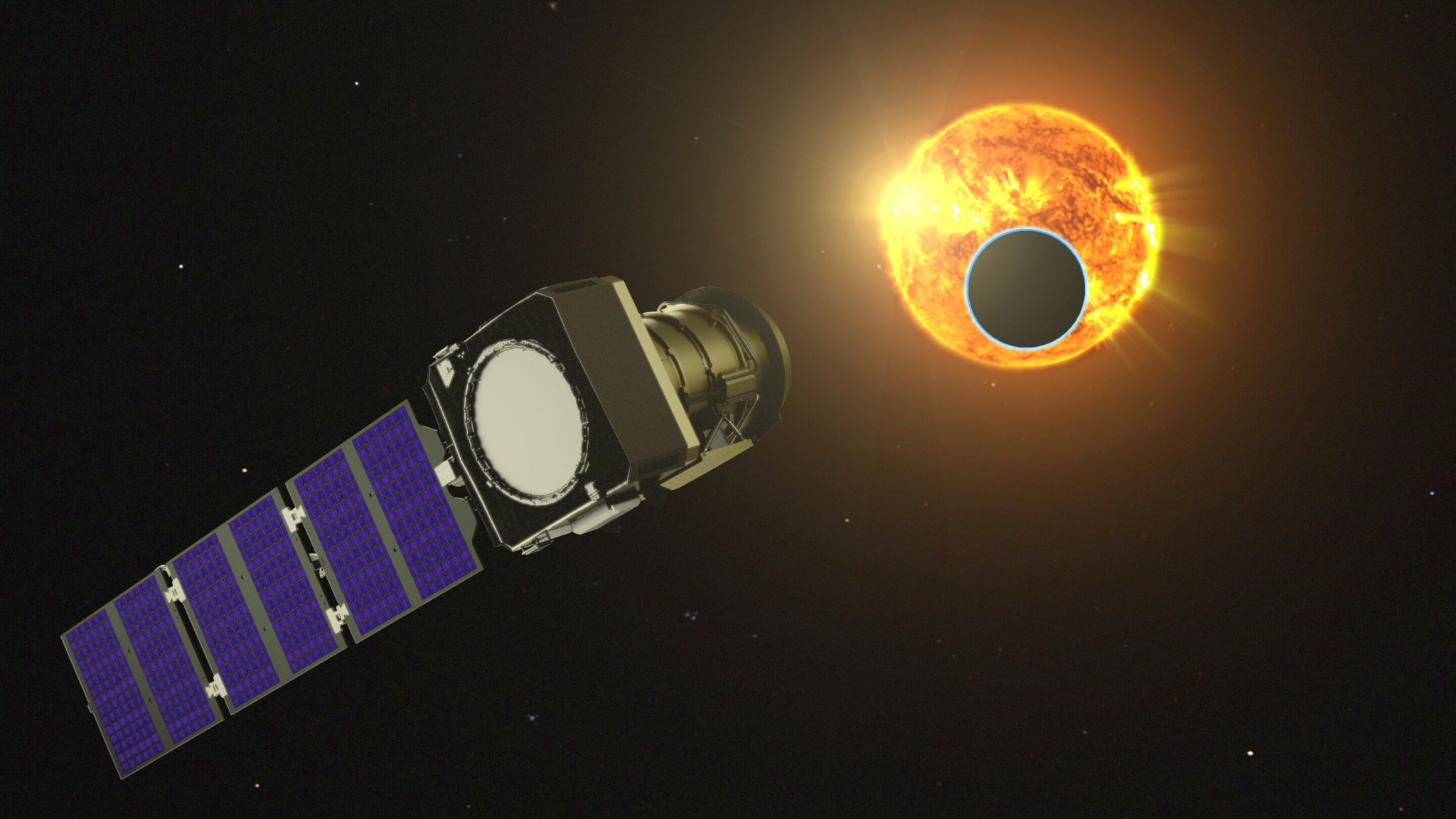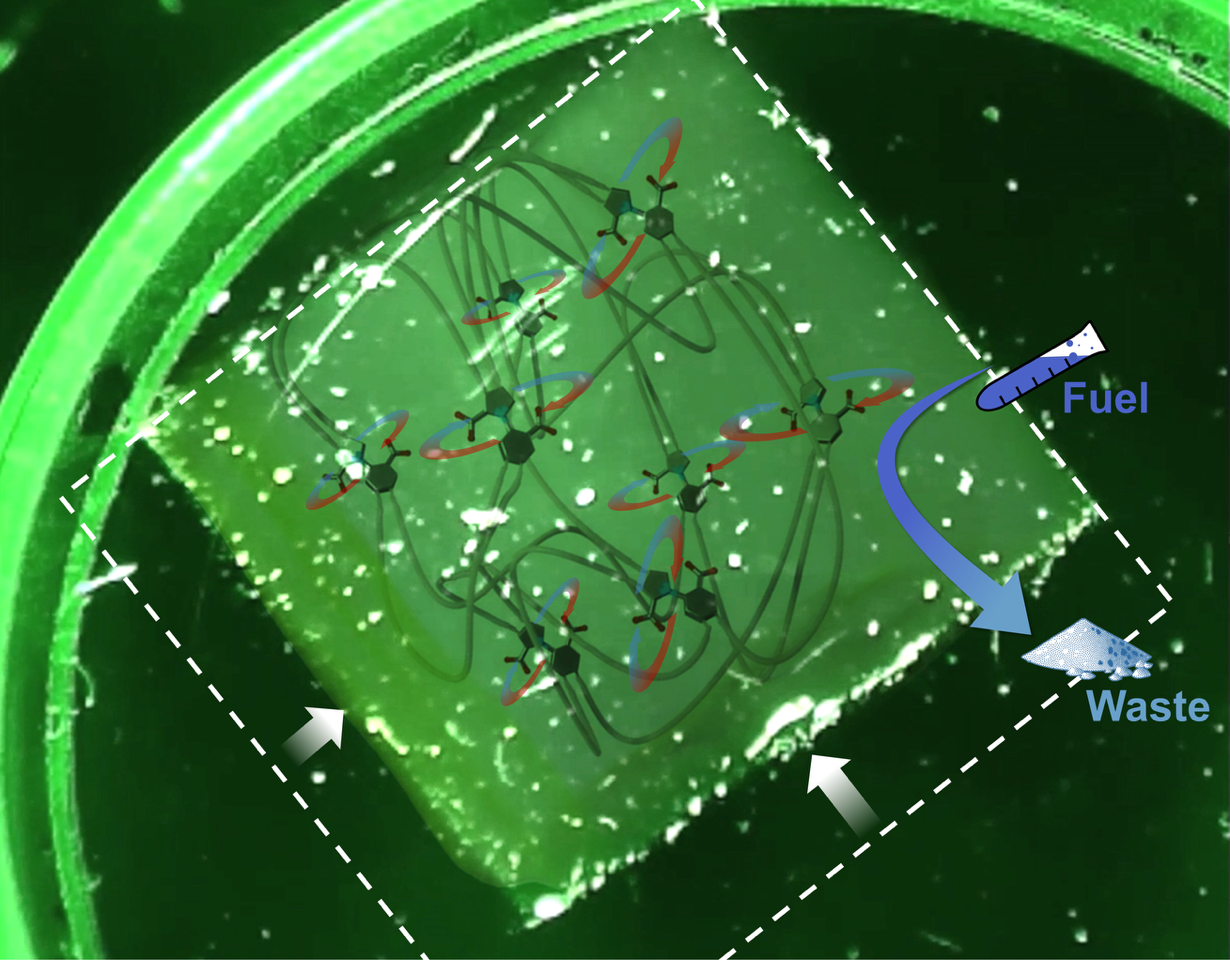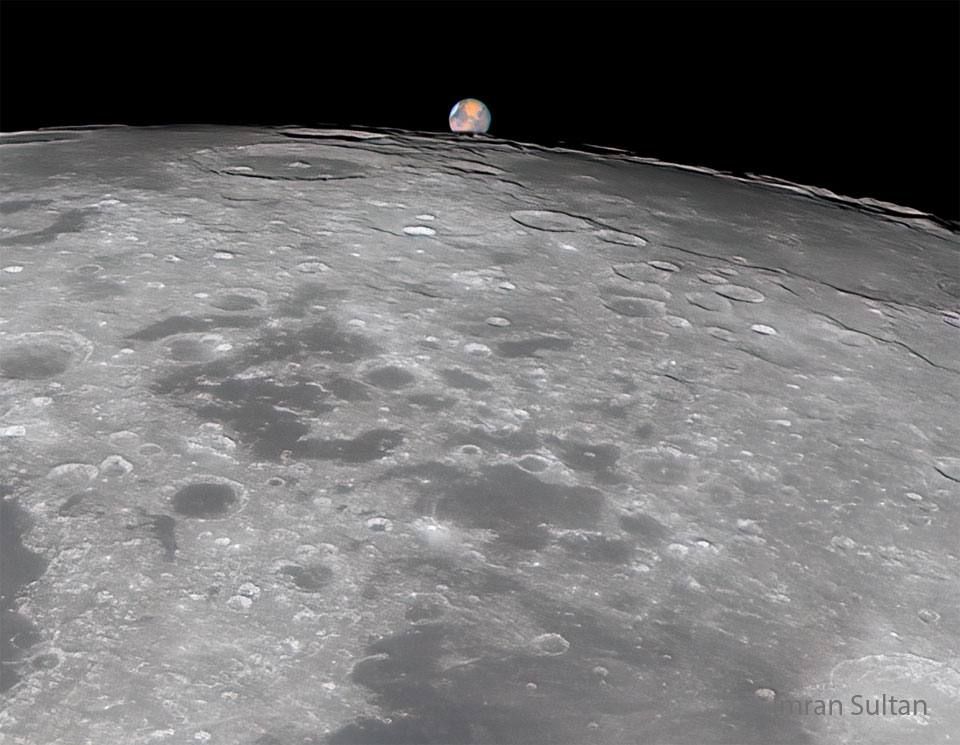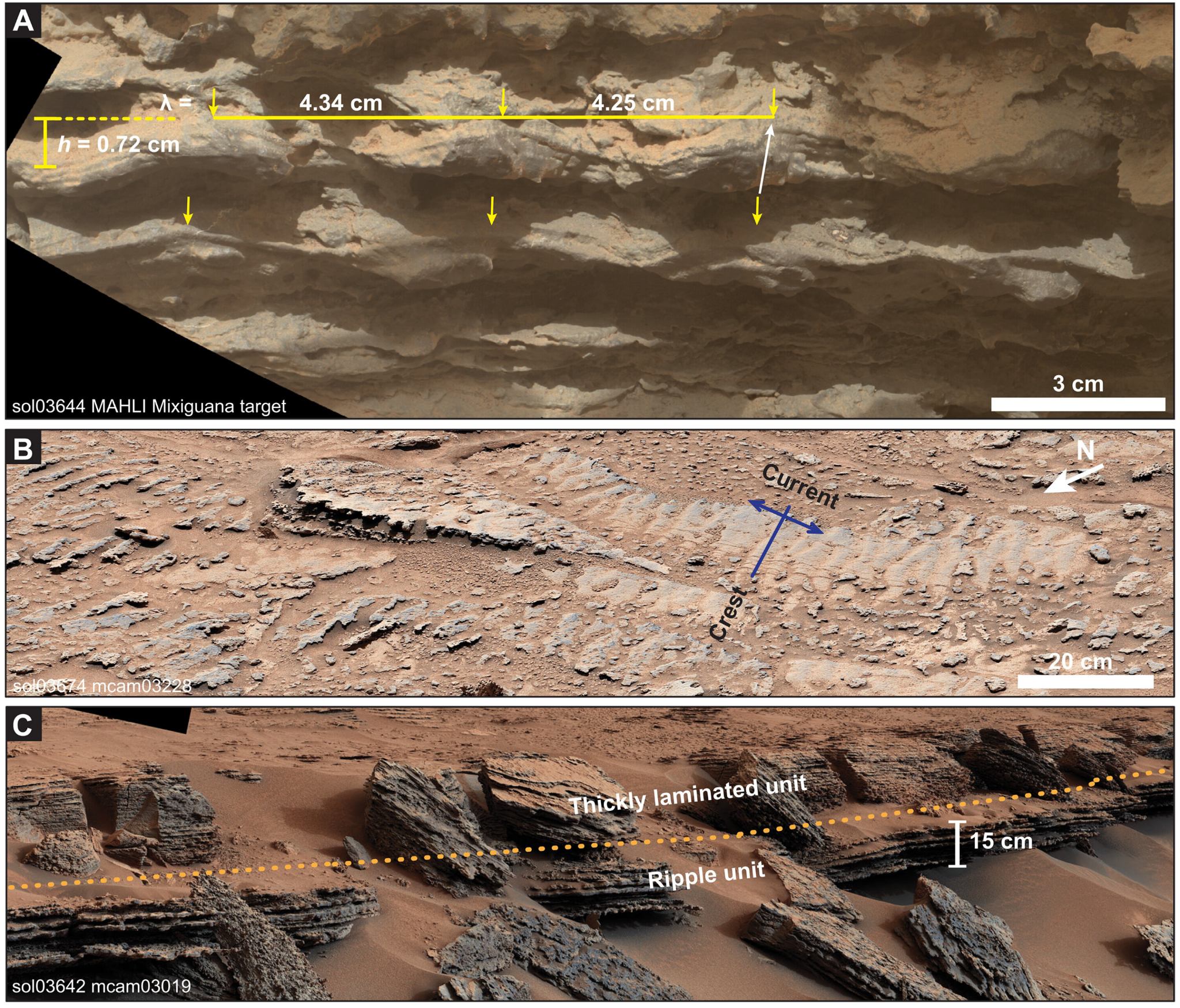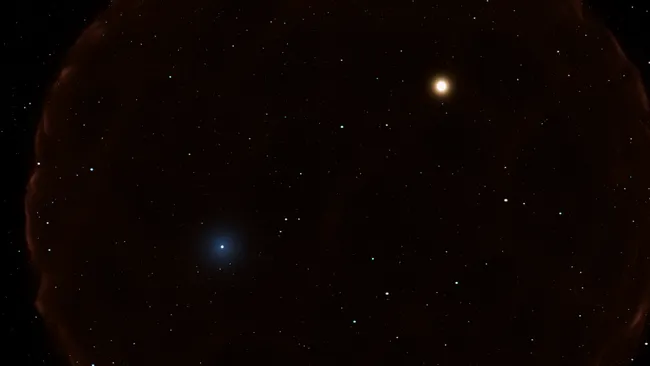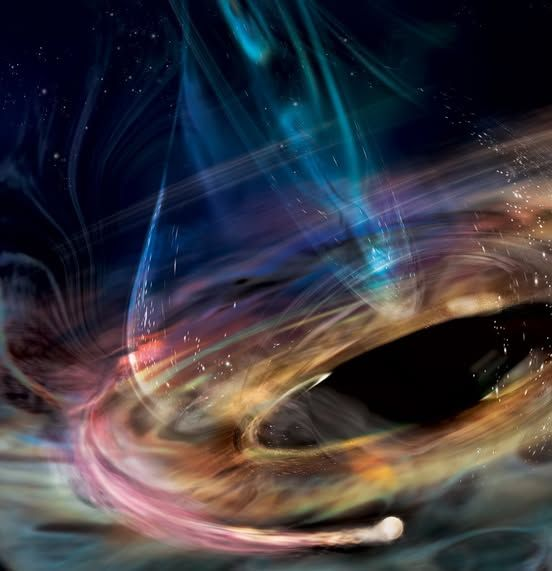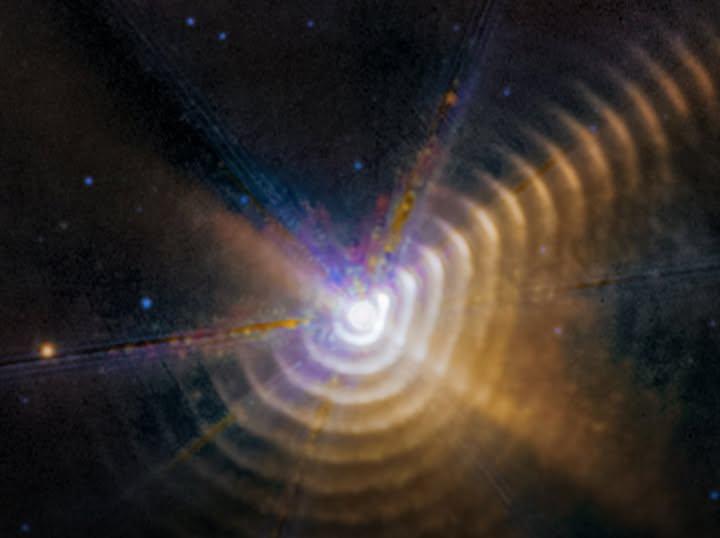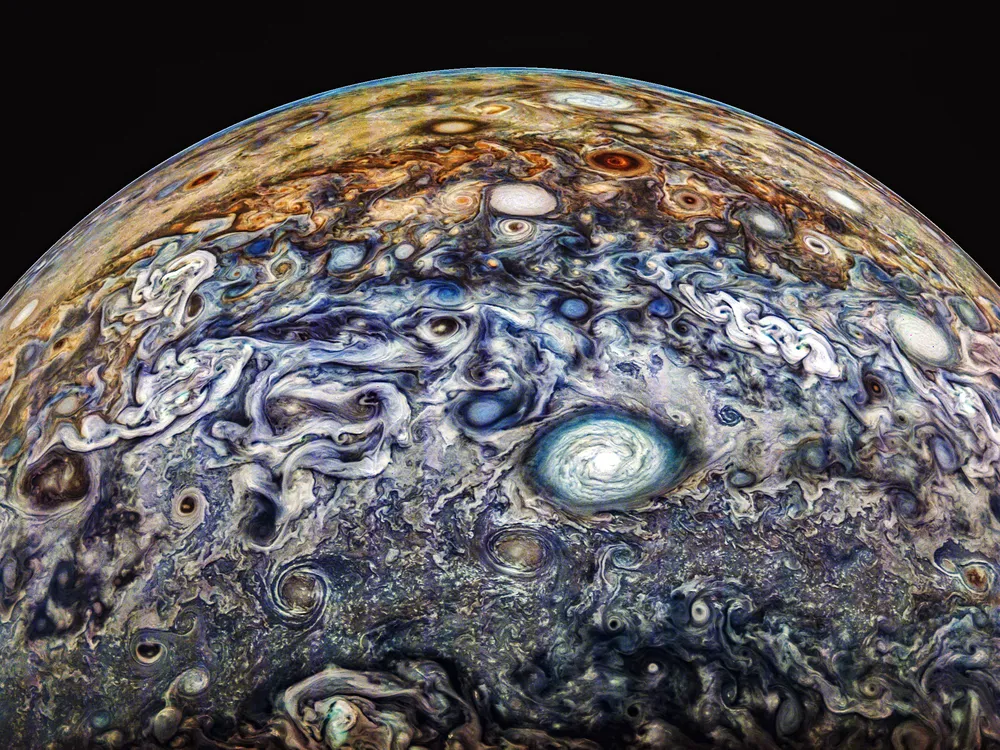Science
13268 readers
1 users here now
Studies, research findings, and interesting tidbits from the ever-expanding scientific world.
Subcommunities on Beehaw:
Be sure to also check out these other Fediverse science communities:
This community's icon was made by Aaron Schneider, under the CC-BY-NC-SA 4.0 license.
founded 3 years ago
MODERATORS
76
77
78
79
80
81
82
83
84
85
86
87
88
89
90
91
92
93
94
4
An ancient 3-star system gave this 'blue lurker' star a turbo boost, scientists find
(storage.science.social)
95
96
97
9
NEW JWST IMAGE shows SEVENTEEN carbon dust shells around a binary star system
(storage.science.social)
98
99
100
14
Check Out the Stunning New Images of Jupiter From NASA's Juno Spacecraft
(storage.science.social)
